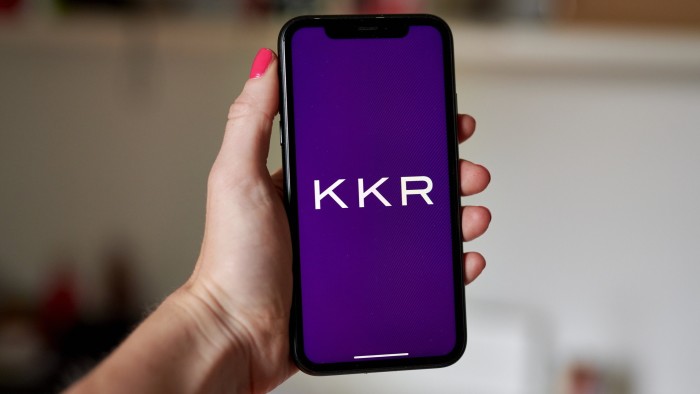Unlock the Editor’s Digest for free
Roula Khalaf, Editor of the FT, selects her favourite stories in this weekly newsletter.
In the famed Capital Asset Pricing Model, which looks at what returns investors should expect for the risks they take, a key input is the “market” return. Snag is, there used to be no figure for the market as a whole. Harried financial analysts were forced to rely on the S&P 500 as a proxy, and ignore companies that were privately held.
Now, however, the conceit of a “whole market” return is back in vogue as the lines between public and private markets blur.
This week, KKR and Capital Group launched their first two joint products, which will allow individuals with as little as $1,000 to buy a portfolio of public and private debt. This follows private equity group Blackstone’s agreement with Vanguard and Wellington and a partnership between State Street and Apollo.
It is not hard to see why public and private behemoths are teaming up. Alternative managers such as KKR have built a lucrative business. But their traditional capital sources — institutional investors — are largely tapped out. They need to access retail investors to continue to grow quickly.
Large active asset managers like Capital Group have the opposite problem. They have vast retail relationships and touchpoints. But they have been hammered for a decade by the onslaught of index and passive funds, which charge investors much lower fees and whose returns are difficult to beat.
By joining forces, the idea is to offer retail investors at least a smattering of the higher returns claimed for illiquid private assets, in a liquid-ish structure, with fees lying somewhere between those of public and private funds.
KKR and Capital Group, for instance, will charge between 80 and 90 basis points, significantly less than other similar products. The fund allows for 10 per cent of assets to be redeemed per quarter, a better ratio than rivals, although with 40 per cent of assets allocated to private investments investors will need to ensure there is a fair mechanism in place to adjust their value over time. The two firms said they could eventually accrue $100bn in assets for the strategy. Together they manage $3.5tn today.
Should the public-private trend continue, fees may well keep receding. A recent report from the management consultant Bain & Co revealed that fees for actively managed ETFs and mutual funds had drifted down from 100 basis points to under 50 basis points, suggesting that alternative managers seeking retail dollars would need to offer cheap products to compete. The volume of incoming flows will transform private assets into public-like securities.
KKR and Capital Group said they did consider a full-scale merger, but decided that for now that they could simply work together on new funds. But with products converging, fees shrinking and private and public delineations blurring, expect the industry to consolidate accordingly.




